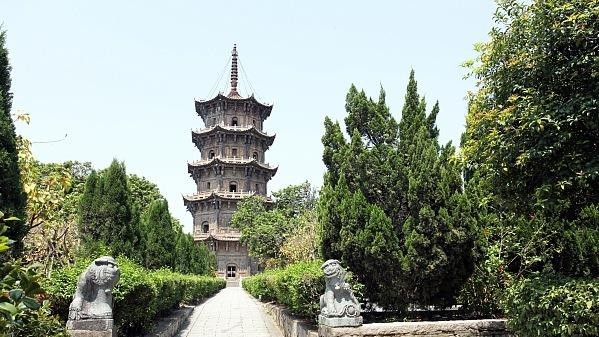
China creates all conditions for transportation of passengers and goods
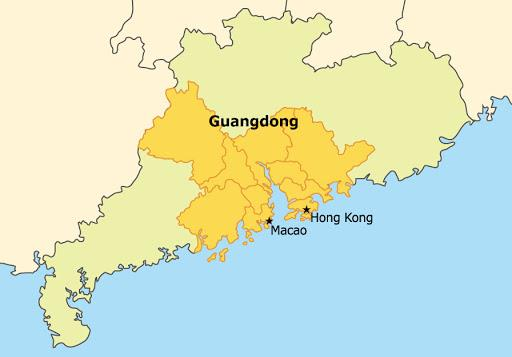
By Nurzhan Kasmalieva
GUANGDONG: Journalists from countries located along the Silk Road visited some provinces of China and got acquainted with the achievements of the joint construction of the Belt and Road in China.
In 2019, the Chinese authorities published theses of the development plan for the Guangdong-Hong Kong-Macau Greater Bay Area, to make it an example of high-quality development.
One of the key tasks of the Greater Bay Area, which includes Hong Kong, Macau and 9 cities of Guangdong Province, is to increase the level of cooperation in the region within framework of the One Belt, One Road Initiative.
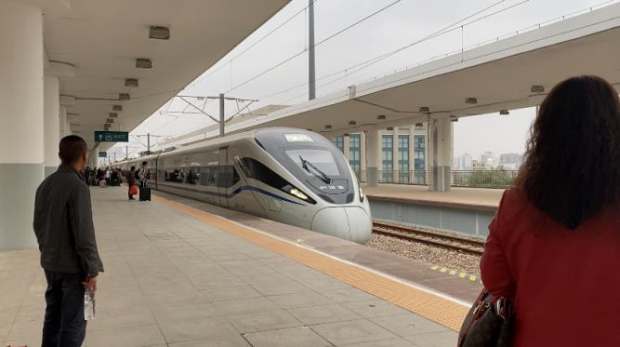
In near future the Greater Bay Area is supposed to be turned into a globally influential international center of innovation and technology and favorable conditions will be created to facilitate the implementation of the Belt and Road Initiative.
The grandiose plan provides for the development of the area in two stages: until 2022 and until 2035.
For these purposes, a 55-kilometer bridge-tunnel system was built connecting Guangdong, Hong Kong and Macau. The construction of the bridge was started in 2009 and completed in 2018.
Since the bridge is put operation the flow of people and goods on the Pearl River significantly increased.
The Chinese government also plans to introduce various infrastructure and administrative projects in the Greater Bay Area, including high-speed trains, which will run at a speed of 600 km/h. Currently, trains at a speed of 250 km/h serve the people.
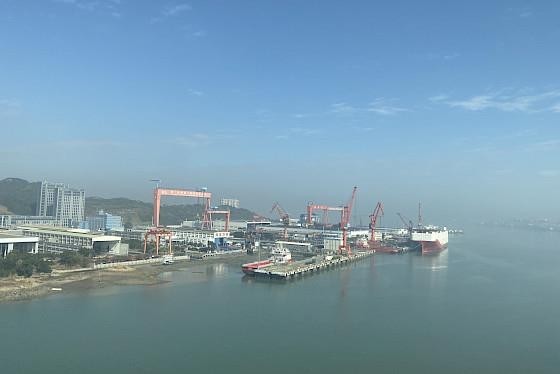
China’s transport infrastructure is developing at a faster pace. Now China is leading in the world on the length of railways and high-speed railways.
The province in the south-west of China, where the important ports are situated is Fujian Province, which cooperates with countries along the Belt and Road.
The Chinese authorities pay great attention to the construction of ports in coastal areas. Out of twelve largest seaports in the world, eight are in China.
One of them is Xiamen – one of the largest ports in the world, located in Fujian Province and port of departure on Maritime Silk Road.
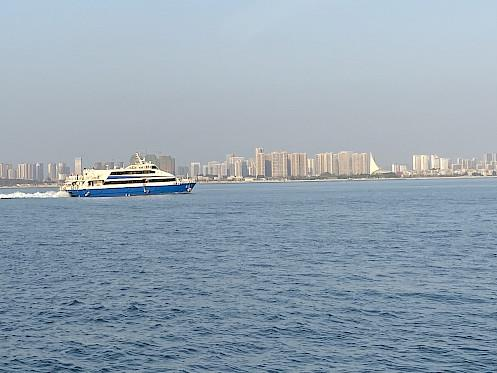
This port is a testament of China’s tremendous development of maritime transport over 40 years of reform and openness.
It’s like a pearl inland on the joint point of the Yangtze River Economic Belt and the Guandong –Hong Kong – Macao Greater Bay Area
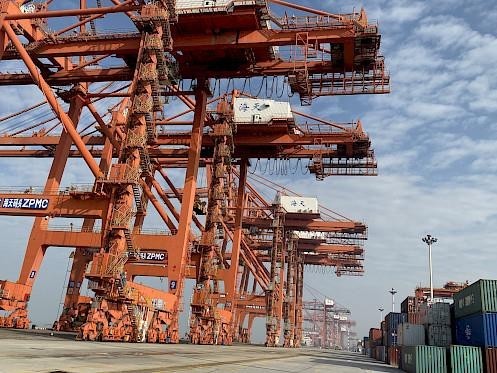
Xiamen Port is the core port on the 21st century Maritime Silk Road. 53 shipping lines lead to 18 countries along the Belt and Road.
Relying on the abundant tourist resources on the western coast Xiamen International Cruise Home Port repeatedly sets new all-time highs in the throughput of passengers.
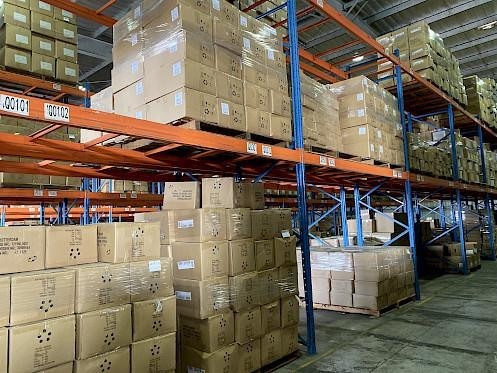
It has become the main port for cruises along the Belt and Road.
In addition to sea transportation, railway transportation also plays an important role in connecting countries of the Belt and Road.
Nowadays, China-Europe Railway Express exports goods to Europe and Central Asia by the sea-railway combined transportation system.
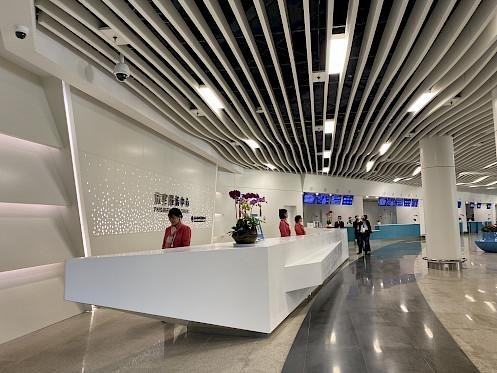
This system enabled Xiamen to extend its business to more countries and regions involved in the Belt and Road Initiative.
Goods from Japan, Vietnam, South Korea and Thailand can also be shipped to Xiamen and then be loaded onto the train to Europe.
For the convenience of passengers, the new modern building of Wutong Ferry Terminal in Xiamen was put into operation in 2019.
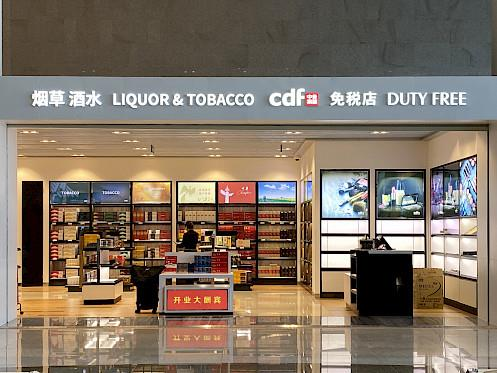
Intelligent application devices, used in the new terminal, allow passengers to quickly and easily complete the entire self-clearance process, including buying tickets, checking, and boarding.
There are duty-free shops in the new building. Goods purchased by tourists in duty-free shops in the city may be picked up at the port. In general, the building of the port reminds airports inside.
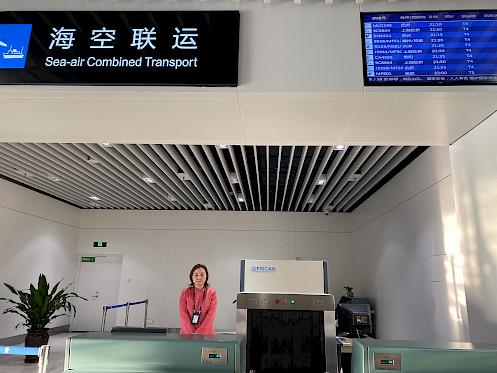
Besides, in the terminal passengers can book their air tickets directly at the terminal arrival counter.
Passengers who have purchased tickets in advance, they can receive their boarding passes directly at the special sea-air transport counter and go through baggage check- in procedures.
In general, all the conditions are created at the terminal for the convenience of passengers.
One more important port of Maritime Silk Road is Quanzhou (Zayton) port.
Italian traveler Marco Polo exclaimed that Zayton was one of the largest ports in the world while Moroccan traveler Ibn Bttuta even spoke highly of it as the largest port in the world.
In ancient times the port kept communication with about 100 countries and regions across the world.
Quanzhou had become both a hub and distribution center of the import and export commodities. Earlier it was the silk-weaving center in Fujian.

Quanzhou was also famous for its shipbuilding industry. The advanced shipbuilding and navigation technology had guaranteed the development of overseas trade and port economy of ancient Quanzhou.
The Greater Bay Area always was one of the main areas of economic development of China, and during such short period of time since the development plan was declared, it has becoming a developed coastal zone.
In the near future, the Great Bay area can become a grandiose high-tech metropolis that the world has never seen before.


